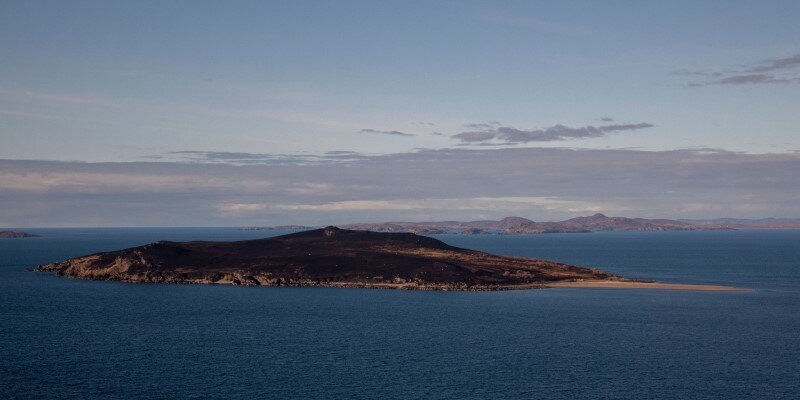TSL Top 5: The most dangerous islands in the world
- Girikrishna GP

- 21 hours ago
- 3 min read

Islands are typically synonymous with paradise: crystal waters, coral reefs, and tranquil sunsets. But some of them completely defy that postcard image, concealing a real threat beneath the beauty. From deadly wildlife to man-made contamination, here are the places where stepping ashore could be a serious mistake.
Here are the five most dangerous islands in the world
1. Ilha da Queimada Grande (Snake Island), Brazil

Topping the list of dangerous islands, this one is a tropical death trap off Brazil's southeastern coast. Ilha da Queimada Grande is home to an estimated 2,000 to 4,000 golden lancehead vipers, one of the most venomous snakes in the world. The viper's venom can melt human flesh within hours, and their population is so dense that locals say there's at least one snake every few square meters. The Brazilian Navy has banned all visitors, allowing only the occasional scientific expedition under heavy supervision. Legends say smugglers once tried to harvest the snakes for profit, but few lived to tell the tale.
2. Gruinard Island (Anthrax Island), Scotland

Gruinard is anything but another tranquil, grassy isle off Scotland's northwest coast; the island has a deeply toxic history. During World War II, British scientists treated the island as a testing site for anthrax spores as a potential biological weapon, decimating livestock and permanently infecting the soil. The contamination was so severe that it took almost half a century and tons of formaldehyde to decontaminate the land. It remains to this day an uninhabited ghostly reminder of how science and warfare can scar nature for generations.
3. Réunion Island, Indian Ocean

Off the coast of Madagascar lies Réunion Island, a paradox of postcard beauty and menace. The island straddles an active volcanic hotspot, its landscape reshaped by Piton de la Fournaise every few years as it erupts with surprising regularity. Surrounding waters are increasingly notorious for shark attacks. Authorities frequently close beaches until the danger has passed to protect swimmers. To seasonal cyclones add sudden flash floods, and this becomes one of nature's most capricious playgrounds.
4. Bikini Atoll, Marshall Islands

Bikini Atoll's tranquil turquoise lagoon belies its horrific past. Between 1946 and 1958, the United States conducted 23 nuclear tests in this place, a number of them with the highest-ever recorded yields. Fallout poisoned the environment and forced the exile of the island's native population, never to return to their ancestral lands. While the radiation has gone down, studies still advise against any living or farming there; the atoll stands as a haunting monument to the nuclear age.
5. Miyake-jima, Japan

Located some 160 kilometers south of Tokyo, Miyake-jima is a volcanic island where life coexists with toxic gases. It sits on a highly active volcanic chain, and in the year 2000, a big eruption sent clouds of sulphur dioxide over the entire place. Residents were evacuated for five years and, upon return, were required to carry gas masks at all times — a rule still in place today during periods of high emissions. Visitors often find surreal scenes of locals wearing masks as casually as one would wear their socks, evidence of resilience in one of the world's most hazardous environments.
Discover more Travel gems with The ScreenLight.


